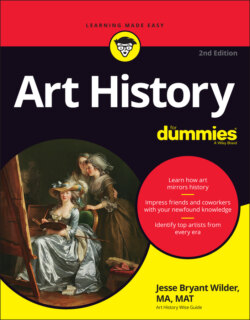Читать книгу Art History For Dummies - Jesse Bryant Wilder - Страница 111
THE ROSETTA STONE
ОглавлениеIn 1799, one of Napoleon’s officers, Captain Pierre-François Bouchard, discovered the Rosetta Stone, which was dated 196 BC, in the port city of Rosetta (present-day Rashid). An important decree was inscribed on the stone in two languages — Egyptian and Greek — so everybody would understand it, like Canadian road signs that are written in both French and English.
One of the languages, Egyptian, was expressed in two different scripts. One of the scripts, hieroglyphics, was the sacred writing that Egyptian priests used. The other, demotic, was the common people’s script starting in the eighth century BC. Greek was the language of the foreigners who ran the country.
The key was to find common ground between the three scripts. About 20 years after the Rosetta Stone was discovered, Thomas Young, an Englishman whose hobby was studying Ancient Egypt, matched a couple of names in hieroglyphs on the top third of the Rosetta Stone with the Greek equivalents in the bottom register. In 1822, Jean-François Champollion, a French Egyptologist and the founder of scientific Egyptology, continued Young’s work, matching the hieroglyphic symbols of the names with phonetic sounds in a related ancient language that Champollion spoke, called Coptic. (Coptic is an in-between language, part Greek, part Egyptian.) Soon Champollion figured out the whole alphabet. The rest is art history.
The Egyptians also preserved and mummified internal organs that the dead would need in the hereafter, like the stomach for digesting delicacies on the mummy menu. The organs were stored in four canopic jars, which were usually capped by the animal heads of the four sons of Horus.
